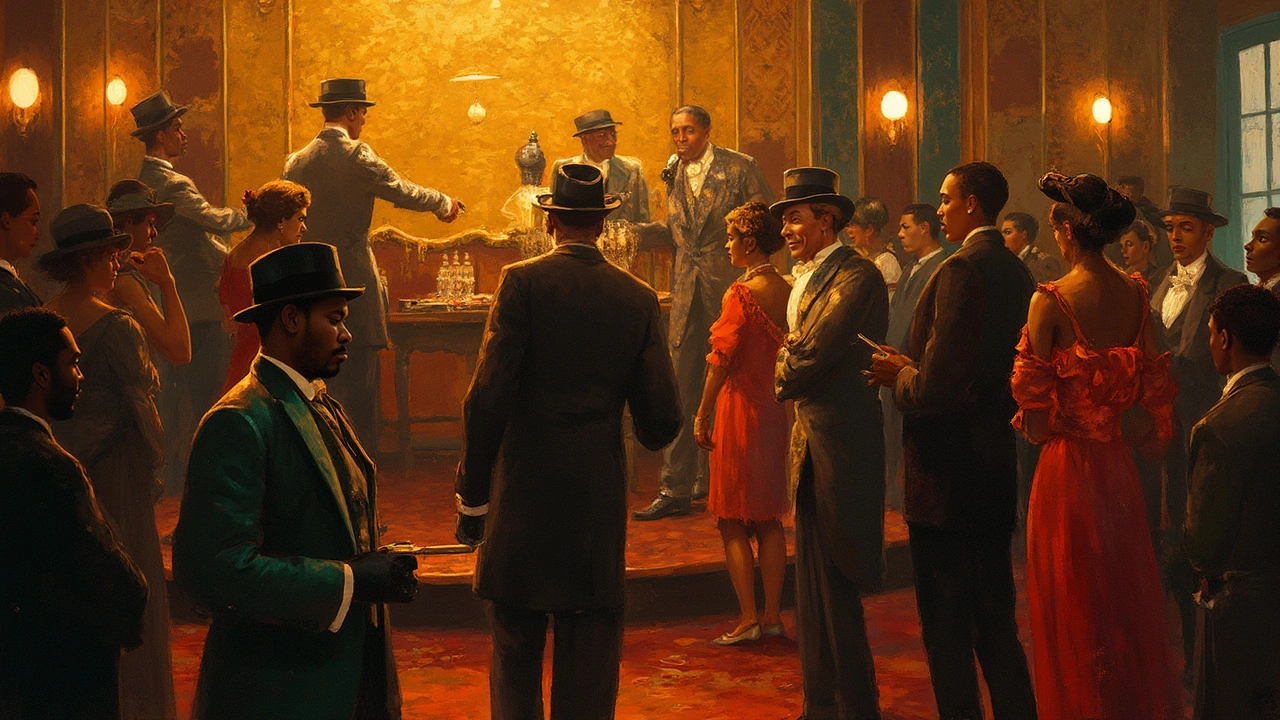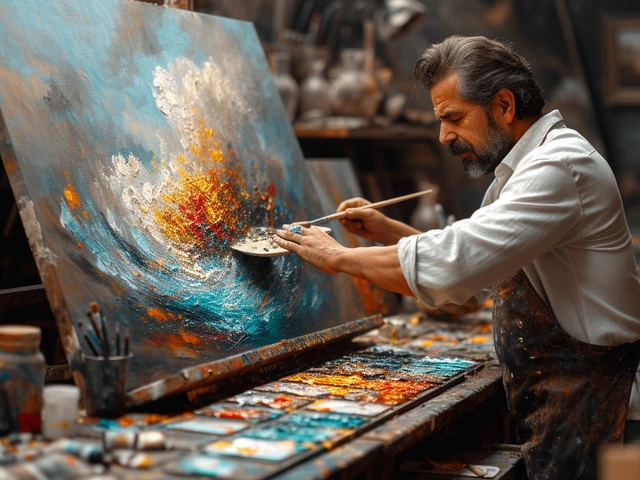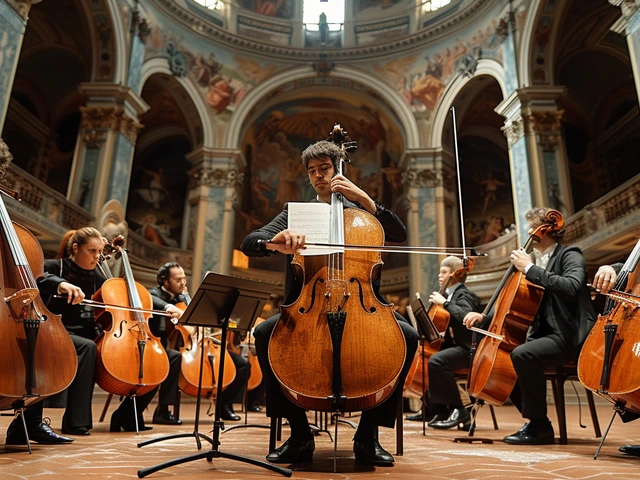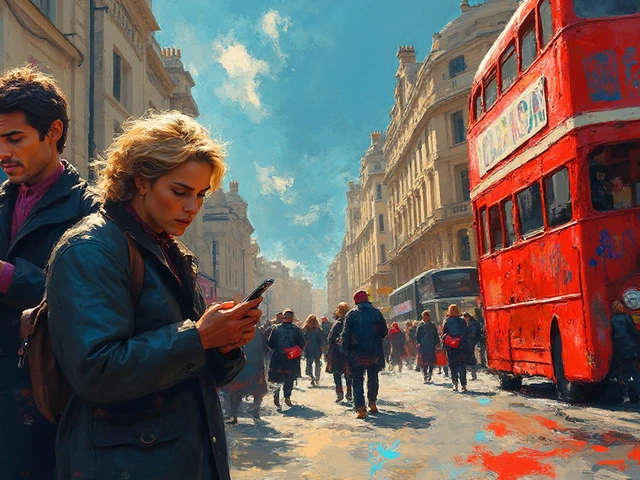If you stood on 135th Street, Harlem, in the 1920s, you’d catch more than the scent of roasting chestnuts in winter. You’d hear the wild energy of jazz streaming from a club, poets swapping lines in smoky rooms, and people dressed for occasion cutting through the night air. This wasn’t just a gathering—it was a rebirth. The Harlem Renaissance wasn’t just about art; it was about shaking off invisibility and waking up a city—and a country—that needed to listen. Fact is, it’s hard to imagine today’s music, movies, and books without its explosive influence. Even my 12-year-old, Dexter, learned about Langston Hughes before learning multiplication tables. The echoes stretch everywhere.
Unpacking the Harlem Renaissance: Beginnings, Players, and Purpose
It all started when thousands of Black Americans left the rural South during the Great Migration, escaping Jim Crow and poverty for a shot at city life up North. Harlem, a stretch of Manhattan, became the unlikely epicenter for this shift: nearly 175,000 Black people moved in within a couple of decades. Suddenly, the streets, churches, and local businesses buzzed with energy and ambition. This dense, talented community became a sort of laboratory for change. Black artists, musicians, and thinkers, some freshly arrived and others already in New York, started forming tight circles—think intellectual book clubs, wild jazz nights, spontaneous theater shows, and salons crowded with debate. These gatherings created a wildfire of ideas.
The movement had no official founder, but you can’t talk Harlem Renaissance without mentioning a few icons. In literature, Langston Hughes’ poetry dared to sound like the people’s voices in the street, mixing hope and anger. Zora Neale Hurston, an anthropologist with a sharp pen, captured the humor and pain of everyday Black life in books that my daughter Nina found just as funny as she did heartbreaking. Claude McKay tackled issues of identity and resistance, penning lines that still sting and inspire.
Then comes the music—oh, the music. Jazz was the lifeblood. Duke Ellington set the standard at The Cotton Club, though the entrance rules were twisted: only white patrons, which seems unthinkable now, but Black musicians still owned the stage. Louis Armstrong, the trumpet king, bent notes so hard they stuck in people’s heads for decades. Even the first seeds of hip-hop owe a nod to the improvisation and rhythm that jazz pioneers played with in Harlem basements and clubs.
This renaissance wasn’t just music and poetry. Sculptors like Augusta Savage crafted pieces that told stories white galleries had long ignored. Painters such as Aaron Douglas created visuals loaded with African symbolism, showing Black people as central to history, not just on its fringes. The first all-Black Broadway show, "Shuffle Along," packed houses every night and proved that audiences would come for stories they’d never seen before, as long as the storytelling was honest.
| Icon | Field | Unique Influence |
|---|---|---|
| Langston Hughes | Poetry | Merged jazz rhythms into verse, championed Black speech patterns |
| Zora Neale Hurston | Literature | Documented Black folklore, celebrated Southern Black culture |
| Duke Ellington | Music (Jazz) | Revolutionized big-band jazz, brought Black music to white audiences |
| Augusta Savage | Sculpture | Sculpted prominent figures, mentored next gen artists |
Why call it a renaissance? The term means “rebirth,” and that’s exactly what these artists intended. For the first time, Black artistry wasn’t just about protest or struggle—it told stories of love, humor, religion, work, and everyday joy. It was about life in full, not stereotypes. Mainstream critics took notice—and so did publishers, who started to see that Black stories could sell in the broader market. Even so, challenges kept cropping up. Funding for Black magazines dried up fast, and white producers sometimes snatched credit or cash for Black innovations. Still, the movement pressed on. There’s a reason the phrase "Black is beautiful" started finding roots in these years.
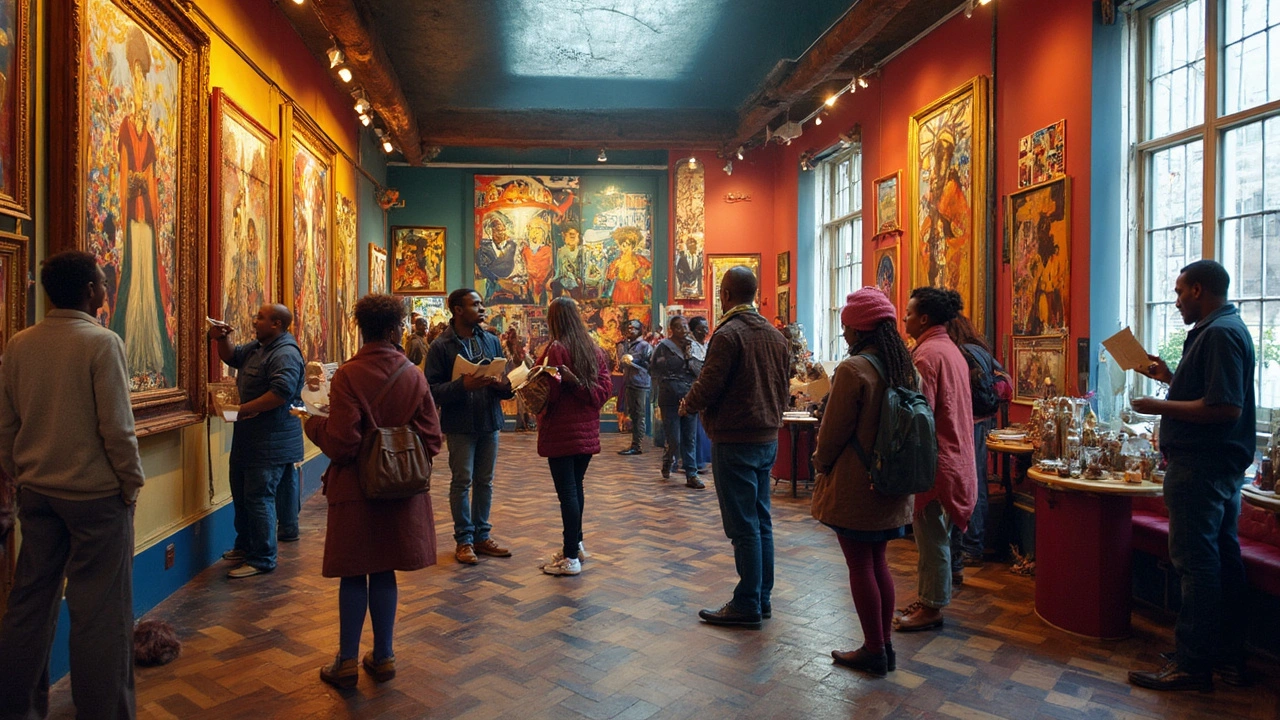
How Harlem Changed Art, Music, and Culture Forever
Lots of artistic revolutions fizzle out. Harlem’s impact is different: it’s visible today in Grammys, Pulitzer Prizes, and the stories told in classrooms and on TikTok. At the core, what Harlem proved is that African American voices not only belonged in the national conversation—they often drove it forward.
Music is usually the first thing that comes to mind. Jazz didn’t just get snazzier; it became America’s soundtrack. Black musicians blended African rhythms, southern work songs, and European traditions to cook up something nobody outside Harlem had heard before. Even swing and soul stem from the jazz experiments of folks like Fletcher Henderson and Bessie Smith. Quick fact for your next trivia night: James Reese Europe, a Harlem bandleader, introduced syncopated orchestras to Europe during World War I. By the ’30s, records featuring Harlem musicians sold out across the country, pushing both the business and culture of music into new territory.
Art galleries, once off-limits, started to budge—slowly. Aaron Douglas painted bold murals using silhouettes, placing Black figures in scenes of migration, city-building, and myth. He’s the template for artists like Jacob Lawrence, whose "Migration Series" still draws crowds at MoMA. Even clothing shifted: look at photos of Harlem nightspots, and you’ll see glitz, sharp hats, and elegant dresses. That “Harlem style” influenced American fashion for decades—a pretty wild thought, considering Nina once had to write about sneaker culture for sixth grade and found direct links back to the shoes worn at the Savoy Ballroom.
Literature saw a boom, too. In the decade after 1920, more than a dozen Black literary magazines popped up—"The Crisis" and "Opportunity" leading the way. Some, like Alain Locke’s "The New Negro," read like manifestos. Locke believed that art could shift how America thought about race; he said that changing the picture on the wall meant changing minds. Many writers took up the challenge and went from poetry to novels to plays, all fueled by Harlem’s creative heat. The idea of “realism” took root: writers stopped filtering their stories for white tastes and wrote about Harlem honestly. That attitude still echoes in today’s best Black literature. Take Colson Whitehead or Jesmyn Ward—there’s a straight line from their work to that first boom in Harlem.
Harlem didn’t function in a bubble. Ideas jumped from Uptown to Paris, London, and even West Africa. The jazz craze in Europe started with musicians from Harlem. Writers like Claude McKay ended up in Paris, sharing poems with future existentialists. This cross-Atlantic conversation helped feed later ideas about Pan-Africanism and global Black pride movements. Think about the music you hear at festivals around the world, or the spoken word slams taking off in Nigeria right now—they owe a piece of their DNA to what started in small Harlem apartments with jam sessions that didn’t stop until sunrise.
The numbers confirm it: By 1935, nearly every major American publisher had printed at least one Black author from Harlem. Clubs and cabarets raked in thousands weekly (on average, The Cotton Club was rumored to pull $4,000 a week—a huge sum in the ’20s). But what really counts is how Black children could finally see themselves as poets, musicians, and leaders, not just laborers or servants. For my kids, knowing that makes a world of difference.

The Lasting Legacy: Keeping the Renaissance Alive Today
Harlem, for all its 1920s magic, didn’t stay the same. The Great Depression hit hard—jobs vanished, funding dried up, and the buzz slowed down. But the spark it set off didn’t die. Instead, it found new forms. Think of Motown’s sound in the ’60s, the spoken word poetry at Def Poetry Jam, even Kendrick Lamar’s Grammy-winning albums that blend politics and art. There’s a direct thread: using culture to remind people what matters, to celebrate Black creativity and struggle equally. Schools still teach Hughes, Hurston, and Ellington for a reason—they’re timeless.
Walk Harlem today—on a food tour, past the Studio Museum, up to the Apollo Theater—and you’ll see murals inspired by Douglas. You’ll hear gospel choirs and see block parties that echo the jazz nights of the ’20s. Many artists now see their work as both celebration and activism, which matches exactly the Harlem Renaissance spirit. One reminder: support current Black artists, musicians, and writers. Buy their books, stream their music, visit their exhibits. Remember, the Renaissance spread because the community—people who lived in Harlem—made it a priority to show up and support each other. The lesson’s simple: when a community invests in its artists, those artists reflect greatness back to the world.
Harlem’s story isn’t just history—it’s a living guide for sparking change. If you raise kids, teach art, or just love music, keep that spark alive. My son Dexter, the other day, asked why so many rappers call themselves poets now. Easy: Harlem made it cool—and possible—for Black voices to define what’s beautiful, true, and real in America. That’s not just an old story. That’s every day.

